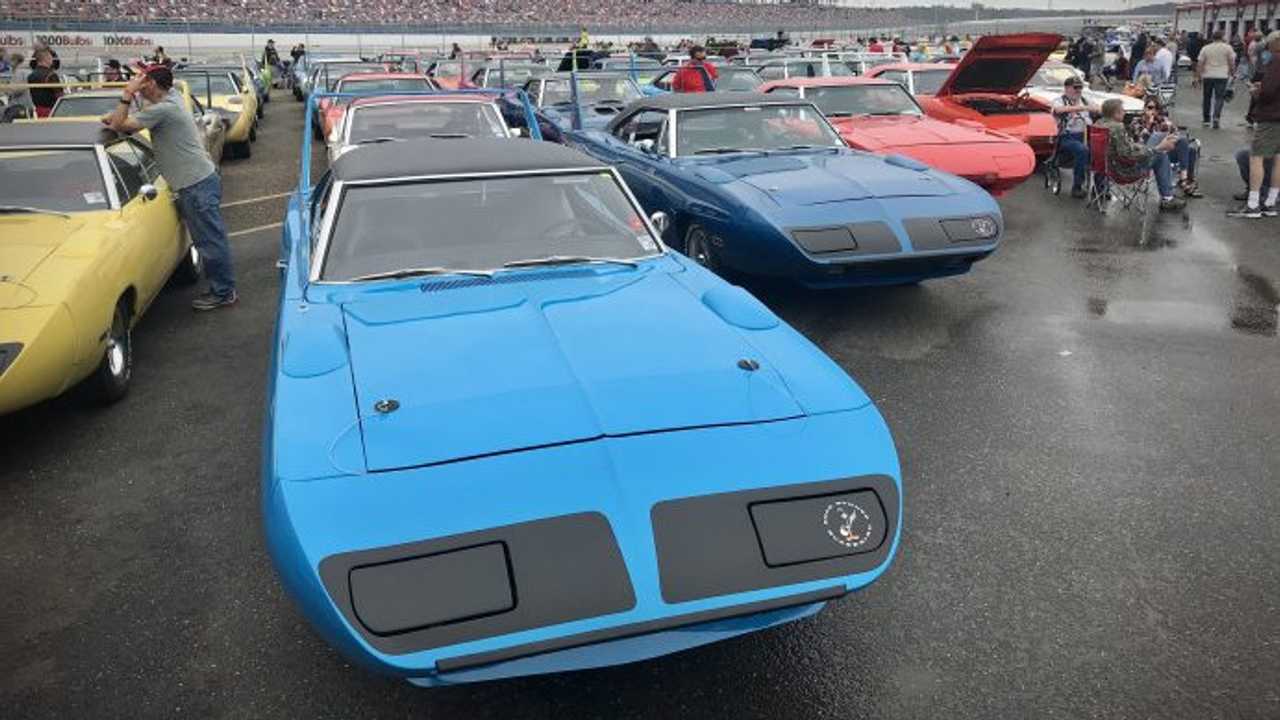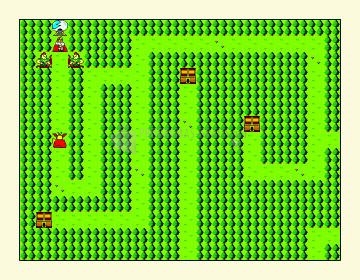Winged Warrior Ii
JCET 401 was excellent training for Winged Warrior aircrews and it greatly enhanced the relation of US Forces with Honduran Ground and Naval Forces. During FY01, SOUTHCOM's counter-drug Execution.
The lengthened form of the Louvre statuette, the warrior's pose and how he is balanced, and the treatment of musculature are to a lesser degree reminiscent of this large bronze, discovered in 1972 of the coast of southern Italy near Riace, which is now in the National Museum of Archaeology of Reggio Calabria. Note: We typically add false inflation alerts on any items that have jumped 300% or more in price compared to our current listed price. We typically only do this for items costing 100,000 NP, or buyable items that have gone unbuyable. For example, an item that. The original Warrior artwork. Provided by John D. This one of the first type plaques given to the 'Winged Warriors', I included two pictures because of glare, one on the black background and the other on a light one. Photo by Kenneth L. Harmon: This one of the first type plaques given to the 'Winged Warriors'.


The 1st Battalion, 228th Aviation Regiment conducts aviation operations throughout the US Southern Command's (USSOUTHCOM) Area of Responsibility. The purpose of the Battalion is to promote and execute aviation operations to facilitate the Commander in Chief, US Southern Command's strategy of engagement and security in the theater. The Battalion is capable of deploying and sustaining operations throughout the theater. Typical missions conducted by the battalion include: counter drug operations, disaster relief, humanitarian assistance, air movement of people equipment and supplies, Aero-medical evacuation, and limited search and rescue. The command structure of the battalion is capable of exercising command and control for Commander, US Army South of army aviation assets deployed to the theater. In addition to these operational missions, the battalion participates in selected special events and VIP support missions.
As the only forward deployed aviation assets in Theater, the 1st Battalion, 228th Aviation Regiment facilitates the Commander in Chief, USSOUTHCOM's Theater Engagement Strategy. Under the tactical control of Joint Task Force-Bravo (JTF-Bravo), 1-228th Aviation is pivotal in the execution of all 'Central Skies' counter-narcotics missions, working with Drug Enforcement Agency (DEA) and Host Nation Law Enforcement; Medical Readiness Training Exercises (MEDRETEs); Humanitarian Assistance; Disaster Relief; and 'New Horizons' civil construction operations in the theater.
In Spring and Summer 1999, the 1st Battalion, 228th Aviation prepared to move from Fort Kobbe, Panama to Soto Cano Air Base, Honduras as part of the transition of the Panama Canal and Canal Zone back to the control of Panamanian authorities. This movement was completed on 4 June 1999, when Company D, 228th Aviation Regiment was inactivated and its personnel and equipment absorbed into Headquarters and Headquarters Company and A Company, 1st Battalion, 228th Aviation Regiment. The move was also conducted in order to maintain a forward deployed battalion and adjust the force structure based on a Total Army Analysis (TAA) review during the next TAA cycle.

After the move, the 1st Battalion, 228th Aviation Regiment assumed the complete role of a Theater Aviation Battalion. The total force structure consisted of a Headquarters and Headquarters Company, the 'Phantoms'; A Company, the 'Talons,' with 10 UH-60A aircraft; B Company, the 'Sugarbears,' with 4 CH-47D aircraft; and the US Army Air Ambulance Detachment, the 'Witchdoctors' with another 4 UH-60A aircraft. The Battalion's Command and Control Detachment, the 'Nomads' supported US Army South (USARSO) at Fort Buchanan, Puerto Rico with a further 2 UH-60A aircraft configured for that role.
First Quarter, FY01, got off to a resounding start, with the 1-228th Aviation conducting an October 2000 deployment to Belize in support of disaster assessment following Hurricane Keith. Almost immediately upon the Battalion's return, the unit executed its first-ever M60D Aerial Door Gunnery in Honduras, allowing aircrews to hone their war-fighting skills, and improving the Battalion's Force Protection posture.

1st Battalion, 228th Aviation Regiment successfully accomplished a myriad of significant events in addition to its move from Panama during fiscal year FY00. The year began with a deployment to Maiquetia, Venezuela in response to flooding and mud slides which claimed the lives of more than 20,000 people. Almost immediately upon the Battalion's return, the Winged Warriors skillfully executed a Strategic Deployment to Trinidad and Tobago for counter-drug operations, capturing millions of dollars of illegal narcotics destined for the US. The year ended with the Warriors strategically deployed once again, heading for the Caribbean nation of the Dominican Republic. This was a first-ever for 1-228th Aviation, as the Battalion itself conducting at night, over water, fully blacked-out, NVG Operations, searching for drug-running 'Go Fast' boats laden with cocaine from Colombia.
1st Battalion, 228th Aviation Regiment Staff remained involved with plans and operations that range from Humanitarian Assistance, to Counter Narcotics, to Joint/Combined Airborne Operations. 1-228th Aviation executed too many short notice operations to name. The major planned operations of FY01 were Tradewinds 01, Medical Readiness Exercise Training (MEDRETE) 12518, Joint/Combined Exercise Training (JCET) 401 and numerous Central Skies I missions.
Tradewinds 01 was a USSOUTHCOM, Caribbean Partners, and certain NATO allies joint/combined training exercise in Disaster Relief, Stability, and Maritime Operations to sustain regional cooperation and engagement. In addition the exercise enhanced participating nations' collective capabilities and it focused training exercises of Host Nation Contingency plans. 1-228th Aviation's specific role was to support the 1st Battalion, 20th Special Forces Group (Airborne) for their phase of Exercise Tradewinds 01.
12 April 2001, 1-228th Aviation deployed Task Force Warrior consisting of 22 personnel, 2 A Company UH-60s and one US Army Air Ambulance Detachment (USAAAD) UH-60 by Strategic Air (STRATAIR) to Trinidad and Tobago. Upon arrival, Task Force Warrior quickly established operations at Piarco International Airport, Coast Guard Station, and began training with 1/20th Special Forces Group. During the initial phase, MEDEVAC was the training priority; hence, training day one and 2 involved MEDEVAC simulation and A Company's UH-60s as back up to USAAAD's aircraft. The next phase involved required operational tasks of the 1/20th Special Forces Group for its search and rescue mission.
Executing tasks supporting 1/20th Special Forces Group's search and rescue mission provided an excellent training opportunity for Task Force Warrior to execute its Mission Essential Task List (METL). The highlights of the training involved rappels, SPIES, HELOCASTs and hoist missions during day and night. On 3 May 2001, the successful exercise was indexed and recover/redeployment began and by 5 May 2001 Task Force Warrior redeployed by STRATAIR to Soto Cano Air Base and continued recovery operations for follow on missions. During Exercise Tradewinds 01, Task Force Warrior flew 94.8-day hours, 2.0 night hours and 25.9 night vision goggle hours.
The next major planned operation was MEDRETE 12518 in Honduras Health Region 8, between 28 May and 5 June 2001. Due to the remote nature of the region, 1-228th Aviation assets were essential for getting medical personnel to and from remote villages inaccessible by ground vehicles. In addition, because the exercise required the use of UH-60A helicopters with external fuel systems, this operation afforded maximum training for aircrews in aircraft power and fuel management.
On 28 May 2001, Task Force Warrior deployed 2 UH-60s and one CH-47 with 12th Air Force and MEDEL medical personnel to Catacamas, National School of Agriculture. Upon arrival, the CH-47 offloaded personnel and equipment and returned to Soto Cano Air Base, while the remaining Task Force Warrior aircrews established an operations center. While deployed to Honduras' Health Region 8, Task Force Warrior aircrews flew 58.5 hours to 28 remote villages where medical personnel treated more than 5,000 Hondurans.
Winged Warrior Kit
One of the more rewarding operations was in support of JCET 401. JCET 401 was a joint/combined training exercise of 7th Special Forces Group (Airborne) and the Honduran 15th Infantry Battalion at Rio Clara, a small village in the vicinity of Trujillo. 1-228th Aviation aircraft deployed 3 times to support the 7th Special Forces Group for its specific mission, assisting the 15th Infantry Battalion for the training of a class of Commando Soldiers.

In support of JCET 401, 1-228th Aviation deployed 3 UH-60s and one CH-47 (configured as a 'Fat Cow' Forward Aerial Refuel Point) on 2 August 2001 to the 15th Infantry Battalion compound. There the Winged Warriors remained until 5 August 2001 executing numerous rappel, STABO, and air assault operations to include a HELOCAST with 7th Special Forces Group and Honduran Naval Special Naval Forces.
The next deployment, on 8 August 2001, was of 3 UH-60s and a CH-47 flew to Rio Clara. The CH-47 dropped off 2 fuel blivets and a Forward Area Refuel Equipment (FARE) system and returned to Soto Cano Air Base, while A Company remained there to execute night air assaults. After the excellent NVG multi-ship training, A Company aircrews remained over night and returned to Soto Cano Air Base the next day. The final mission, the capstone, was on 24 August 2001, when B Company deployed one CH-47 to Rio Clara for Airborne Operations early the next day. Free text editors. JCET 401 was excellent training for Winged Warrior aircrews and it greatly enhanced the relation of US Forces with Honduran Ground and Naval Forces.
During FY01, SOUTHCOM's counter-drug Execution Order moved into phase II. Phase II operations were titled as Central Skies II missions. Central Skies II missions were a Participating Nation's request for rapid response helicopter support for 'emergent' narco-trafficking activities. To become a participating nation, such a nation had its Drug Law Enforcement Agents train with 1-228th Aviation assets. Training was predicated on what the US Country Team and host nation drug law enforcement agencts' objectives were within their operating environment. For the most part Central Skies II training consisted of air assault/air movement type training in both day and night modes. However for Costa Rica, the initial train up and mission execution included Jacobs ladder (CH-47) and rappel/SPIES training (UH-60A) due to jungle mountainous terrain.
On 11 December 2002, 5 soldiers from 1-228th Aviation were killed when their UH-60 crashed into a mountain 85 miles north of Tegucigalpa. The aircraft had departed Sen Pedro Sula at 8:14 PM and crashed 20 minutes later. It was headed to the US base in Palmerola.
| Join the GlobalSecurity.org mailing list |